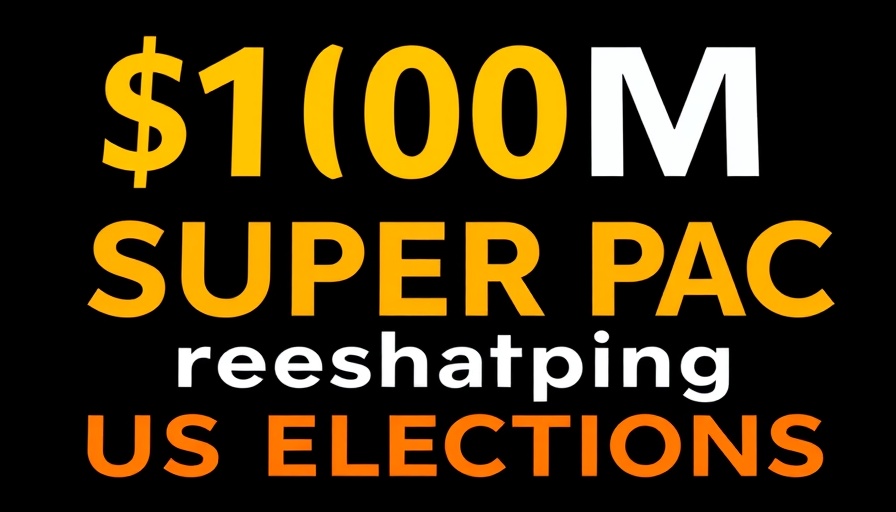
A Shifting Employment Landscape: The Impact of AI on Young Workers
As AI technology continues to evolve, recent findings from Stanford University have unveiled a notable trend: artificial intelligence is in the process of replacing young workers, particularly those between the ages of 22 to 25. The research, which analyzed payroll data from ADP, highlights a “16% drop in jobs for young workers” in sectors like customer service and software development, a clear indication of how AI is reshaping the labor market.
The Divide Between Experience and Entry-Level Roles
The Stanford study, conducted by researchers Erik Brynjolfsson, Ruyu Chen, and Bharat Chandar, indicates that while entry-level positions are being automated, experienced workers are seemingly benefiting. The research conveys that while younger employees find fewer job opportunities, seasoned professionals are either maintaining or even gaining employment. As Brynjolfsson pointed out, individuals who utilize AI as a tool to enhance their productivity rather than replace their duties see more favorable job prospects.
Understanding the Research Methodology
This wasn’t an arbitrary examination of job loss; the Stanford researchers implemented a robust methodology that controlled for external variables, such as the implications of the ongoing pandemic and changes in work culture. Such meticulous attention to data ensures a clearer understanding of the labor market dynamics. Brynjolfsson argues that this objective analysis counters the political narratives that downplay or exaggerate the impact of AI on jobs.
The Political Context: Navigating Job Disruption Claims
As the 2024 elections approach, the political discourse around AI is rife with contention. Some political figures insist AI will be a boon for job creation, while others warn of the impending upheaval in job markets. The Stanford report strives to cut through this clutter, presenting unembellished payroll data that should prompt serious reflection about the future of employment in the age of automation.
Preparing for the Future of Work
As AI increasingly takes over repetitive and entry-level tasks, the paradigm for workforce preparation must shift. Employers and policymakers are urged to consider tax reforms and other incentives that discourage outright replacement of human roles with automated systems. By promoting the development of skills that complement AI rather than compete against it, future generations can be better equipped for the changing landscape.
What Can Young Workers Do?
For young individuals currently entering the job market, adapting to these changes is vital. This may involve upskilling in areas where human oversight or creativity is still necessary—domains where AI cannot fully replicate human nuance and intuition. Enhanced education and training programs that focus on AI literacy and integration can empower young workers to thrive in this new ecosystem.
As we witness these shifts in the employment landscape, a proactive approach will not only protect jobs but also pave the way for innovative practices that embrace both human and AI capabilities. Young workers must stay vigilant and adaptable to ensure their relevance in a rapidly evolving job market.
 Add Row
Add Row  Add
Add 




Write A Comment